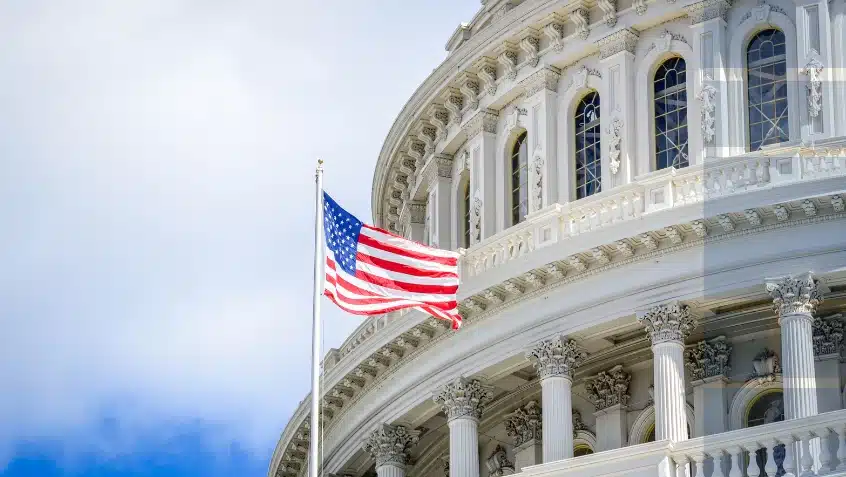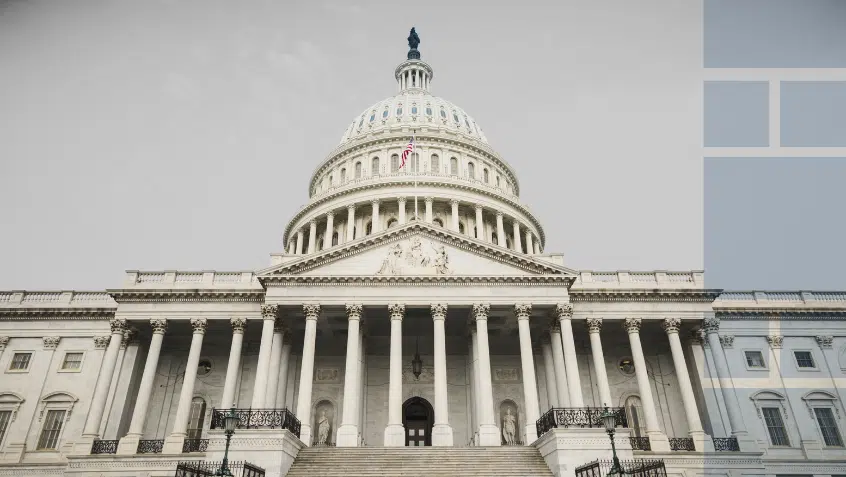Join Us Live for a Discussion on Medicare, Democracy, and the Future of Health Care
Administration’s COVID-19 Rules Expand Access to Care for Some but Questions Remain

On June 1 and again this week, the Medicare Rights Center submitted comments in response to two rules from the Trump administration that made changes to Medicare policy and coverage during the COVID-19 public health emergency. Many of these changes are welcome temporary solutions, including certain telemedicine flexibilities. Other changes are more concerning, as they relax provider oversight rather than increase beneficiary access. We urge the administration to rigorously monitor any flexibilities and to reestablish oversight as soon as possible to ensure that people with Medicare have access to the care they need during and after the pandemic.
Allowing people with Medicare to access diagnostic and treatment services remotely is very important, especially given their high risk of infection and serious illness from COVID-19. The first rule allows Medicare to pay for more telehealth services, including emergency department visits; initial nursing facility and discharge visits; and home visits. The second rule makes even more services available remotely. Together, these changes give providers more incentives to deliver services through remote means and beneficiaries the opportunity to receive care safely in their homes.
In addition, the rules allow more types of technology to be used for telehealth visits, including smartphones and tablets, easing beneficiary and provider access to remote care. This relaxation of the rules does not come without its dangers. Devices like smartphones may put private information at risk, as the associated software may not meet the rigorous medical privacy standards that are typically in place.
Even with these changes, access problems remain. Some people with Medicare may not have the technology they need for video appointments or may lack a good enough internet connection to make video usable. For these reasons, provisions in the rules that temporarily extend the availability of audio-only telemedicine have been vital. While we support these expansions during the public health emergency, in our comments we urge the administration to conduct rigorous oversight to ensure that patients receive clinically appropriate care and that provider fraud is minimal.
Providers also have the option to waive some cost-sharing for patients who use telehealth and other remote care. Here too, there are risks. Callers to our national helpline report that some providers are confused about the rules and are giving beneficiaries incomplete or conflicting information. In the worst cases, some providers are assuring beneficiaries that there is no out-of-pocket payment for certain services then later charging cost-sharing. Because the rules allow but do not require the waivers, the variation between providers is unsurprisingly leading to widespread confusion. In our comments, we urge the administration to do more to ensure that beneficiaries understand what various remote care options will cost them and to give providers more tools to explain costs to their patients.
We also continue to urge the administration to study all data resulting from the increase in remote care to discover what works, what doesn’t, and what a shift to telemedicine could mean for various populations. We must ensure that the availability of telemedicine helps everyone with Medicare access the care they need and does not leave racial, socioeconomic, or geographic groups behind. In addition, the administration should move carefully when the public health emergency is over to ensure that beneficiaries maintain access to their choice of either remote or in-person care. This includes working with Congress, where necessary, to put a glide path in place that prevents abrupt service disruptions and terminations.
Read our June 1 comments on the first rule.
Show Comments
We welcome thoughtful, respectful discussion on our website. To maintain a safe and constructive environment, comments that include profanity or violent, threatening language will be hidden. We may ban commentors who repeatedly cross these guidelines.
Help Us Protect & Strengthen Medicare
Donate today and make a lasting impact
More than 67 million people rely on Medicare—but many still face barriers to the care they need. With your support, we provide free, unbiased help to people navigating Medicare and work across the country with federal and state advocates to protect Medicare’s future and address the needs of those it serves.
The Latest
Most Read
Add Medicare to Your Inbox
Sign up to receive Medicare news, policy developments, and other useful updates from the Medicare Rights.
View this profile on InstagramMedicare Rights Center (@medicarerights) • Instagram photos and videos









